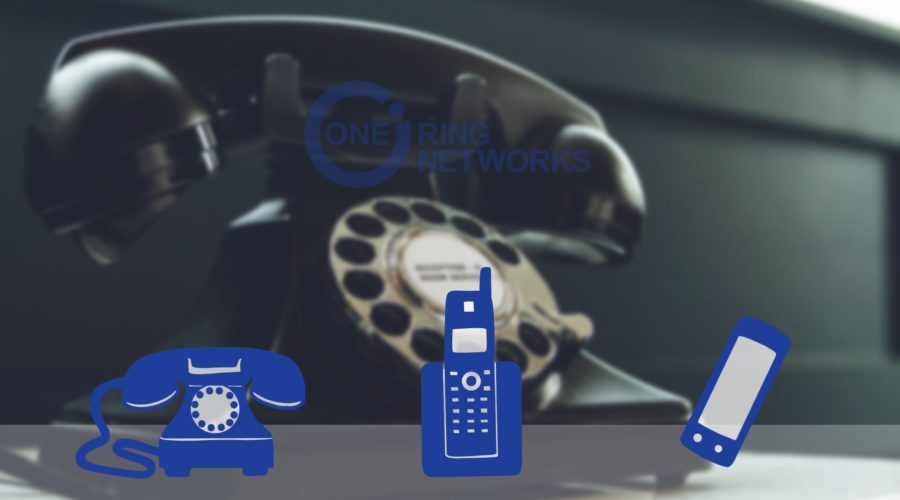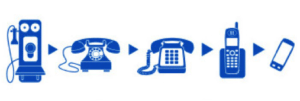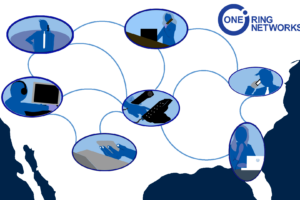Evolution of the Telephone in Business
In our professional roles, it is often easy to take for granted the technology that allows us to be productive and power through the workday. This includes one invention in particular that has had a huge impact on how we do business as we know it – the telephone! Just take a moment to imagine: how would executives and project managers communicate with dispersed clients, efficiently handle crises or even respond quickly to important inquiries if the telephone had never been invented? To honor this impactful innovation on the anniversary of the first use of the telephone – March 10, 1876 – we want to take a minute to reflect on the evolution of the telephone. Business use of the telephone has come a long way since its creation 139 years ago and is STILL a sustainable channel for connectivity.
Invented in the 1870s by Alexander Graham Bell, the telephone was created to alleviate the pain points of a former form of communication – the telegraph. Since its inception, businesses were some of the first early adopters of this new technology allowing for better communication. Company leaders in almost every industry instantly saw the need for the telephone and began installing them as a way to communicate with customers, suppliers, colleagues and stakeholders. This new invention dramatically reduced the amount of time it took to send messages and allowed businesses the opportunity to expand their customer reach. Only three years later, almost 49,000 telephones were in use across the United States, and by the turn of the 20th century that number had grown by 1124 percent, to approximately 600,000 phones!
Later, as the telephone evolved from landlines and switchboards to cell towers and cell phones, it became even clearer that this technology would take businesses to the next level. Enhanced voice services solved problems with communication and opened up the business world to new opportunities. For example:
- The creation of call centers as telephone use became widespread made B2C communication a two-way street for customers to easily reach out to the business for support.
- Voicemail provided a successful solution for ensuring that important messages were received.
- Cell phones allowed for executives to engage in business communication outside of the office and on the go.
- The growing popularity of remote teams as business headquarters and employees become more dispersed across the globe is a result of enhanced communication.
It’s amazing to see how far communication has come in the past 139 years. Today there are more than 6,800,000,000 mobile phones in use across with world with 327,577,529 in the U.S. alone. In addition, a recent report found that the average person looks at his or her phone more than 1,500 times in a single week! The average consumer uses a phone to carry out more than 140 tasks per day, and for business executives this number can be much higher.
At One Ring Networks, we understand how important the communications process is to company operations. We specialize in providing small to medium-sized businesses with enterprise-level voice features, such as business analog line replacement, VoIP efficiency and hosted PBX. Our customized solutions are scalable and built to fit businesses unique needs to ensure that companies always have access to the connectivity they need – exactly when they need it.
Interested in adding or upgrading a VoIP service line to your business? Click here to request a custom quote.




1 Comment
Leave your reply.